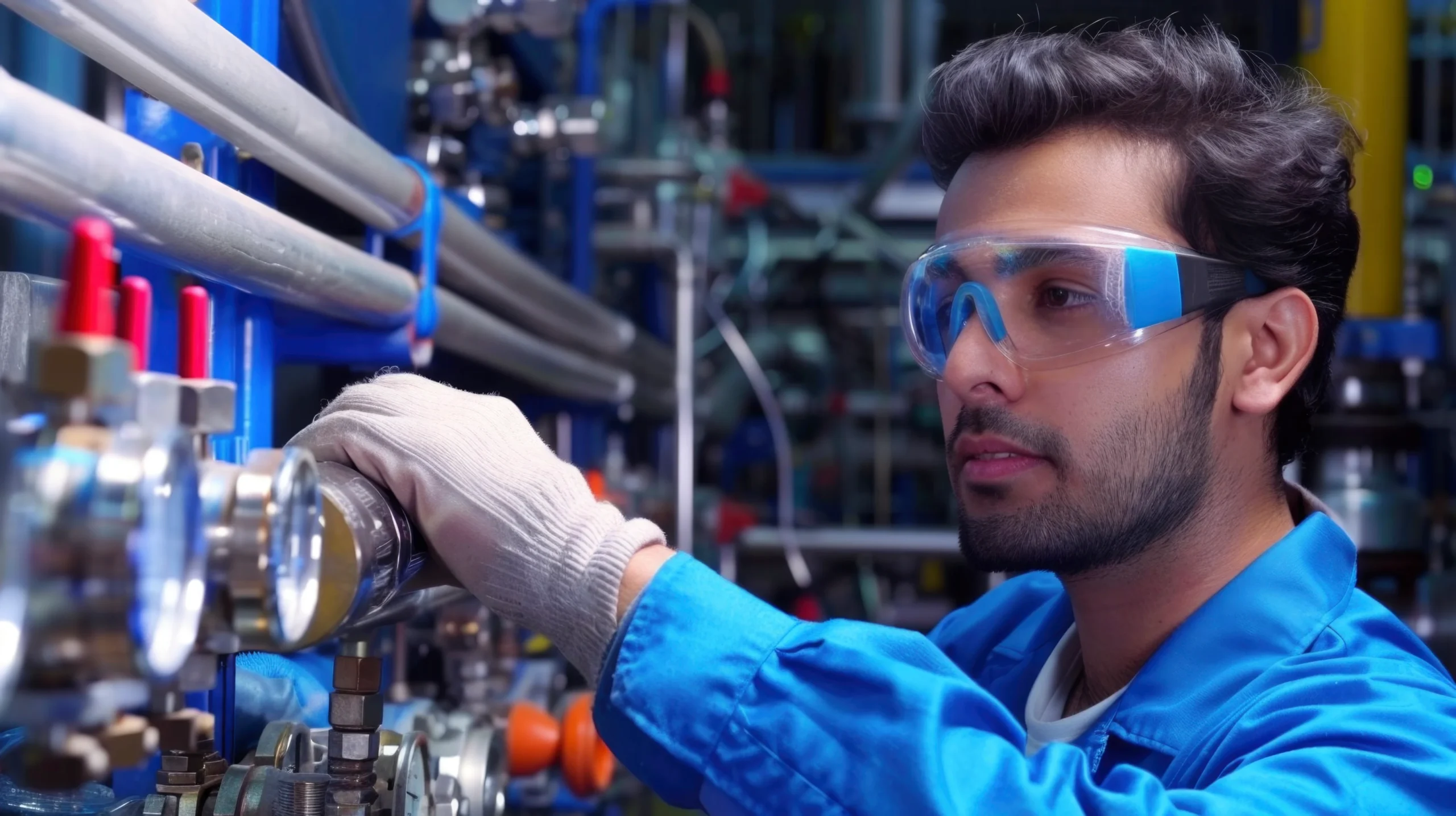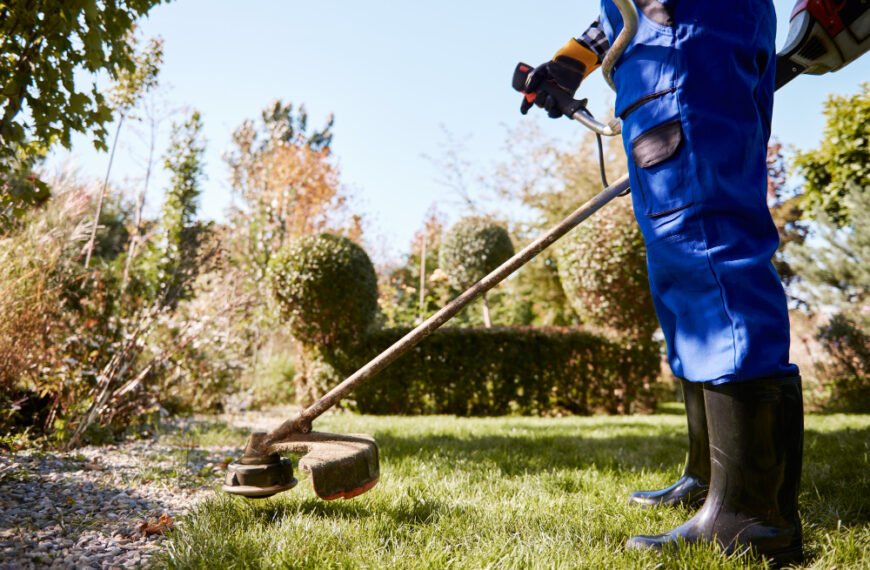Plumbing infrastructure forms the backbone of modern sanitation and efficient water management systems. Developing technologies and advancements in plumbing repair methodologies are critical to ensuring the durability and effectiveness of our water-related utilities. One such advancement is pipe relining, a trenchless method for repairing damaged pipes which has transformed the way plumbing repairs are conducted.
Understanding Pipe Relining
Pipe relining is an innovative technology that allows for the repair of pipes without the need for extensive excavation. This method involves creating a new pipe within the existing damaged pipe. It is a non-invasive solution that is increasingly gaining popularity among both plumbing professionals and property owners due to its numerous advantages.
The Process of Pipe Relining
The process of relining a pipe usually involves threading a resin-filled liner into the damaged section. The resin then hardens, effectively creating a pipe within a pipe. This process not only seals cracks and remedying breaks but also reinforces the structure of the existing pipeline. The simplicity and effectiveness of this process have made it a preferred method for many.
Advantages of Pipe Relining Over Traditional Methods
Traditional plumbing repair often requires extensive excavation to access the damaged pipe. This can be time-consuming, destructive to property, and inconvenient for residents or businesses. Pipe relining, on the other hand, minimises these issues by being trenchless. Furthermore, it offers longevity and durability, as the materials used for relining are often more resistant to corrosion and root intrusion.
Cost-Effectiveness and Efficiency
The trenchless nature of pipe relining means that it can be more cost-effective in both the short and long term. Since there is less disruption to the surrounding area, there is a reduced need for restoration work post-repair. Additionally, as this method takes less time compared to traditional methods, it leads to significant labour cost savings.
Environmental Considerations
Environmental impact is a growing concern in all industries, including plumbing. The non-invasive technique of pipe relining is often seen as more environmentally friendly. It reduces the need for heavy machinery, which often comes with a significant carbon footprint. Additionally, by avoiding excavation, it preserves the existing landscape and reduces the amount of waste material.
Longevity and Durability
Relined pipes are incredibly resilient. The materials used, typically epoxy resin, are resistant to many of the factors that contribute to pipe deterioration, such as tree root invasion and water corrosion. This brings an increased lifespan compared to traditional pipes, with some relined pipes guaranteed to last for several decades.
Maintaining Structural Integrity
Pipe relining reinforces the structural integrity of the existing pipe system, even in cases of significant damage. By creating a new pipe within the old, the relined section can often be stronger than the original installation. This strength reduces the likelihood of future repairs being necessary, ensuring long-term functionality of the plumbing system.
Limitations and Considerations for Pipe Relining
Although pipe relining is a beneficial technology, it is not suitable for every situation. An initial inspection is required to assess whether the damage to the existing pipes is amendable to relining. If pipes are severely collapsed or misshapen, relining may not be possible, and traditional replacement methods may be required. Therefore, engaging with a specialist who understands the nuances of such plumbing innovations is crucial for making the right decision.
Choosing the Right Plumbing Service
When considering pipe relining, it is essential to choose a professional plumbing service with specific expertise in this area. A reputable plumber will not only have the necessary tools and skills but will also offer a guarantee on their workmanship, providing peace of mind for property owners.
Conclusion
Pipe relining represents an essential step forward for the plumbing industry. Its range of benefits from cost-effectiveness to durability makes it a compelling alternative to traditional repair methods. As technology continues to advance, it is likely that we will see even further improvements in pipe relining techniques, expanding its usage and making it an even more attractive option for infrastructure maintenance.
The Implications for Future Plumbing Infrastructure
With the progression of such technologies, we can expect future plumbing infrastructure to be more reliable, more sustainable, and easier to maintain. As equal emphasis is placed on the necessity for advanced maintenance solutions and the environmental ramifications of our choices, pipe relining stands out as a beacon of progress in the plumbing domain.
The continually evolving field of plumbing technology, especially pipe relining, promises a future where disruption and extensive repair costs are drastically reduced. For homeowners and businesses alike, this means more resilience in their plumbing systems, providing convenience and security. As a forward-looking solution, pipe relining is set to remain at the forefront of plumbing innovation, offering an effective response to the challenging demands of modern pipe maintenance.









